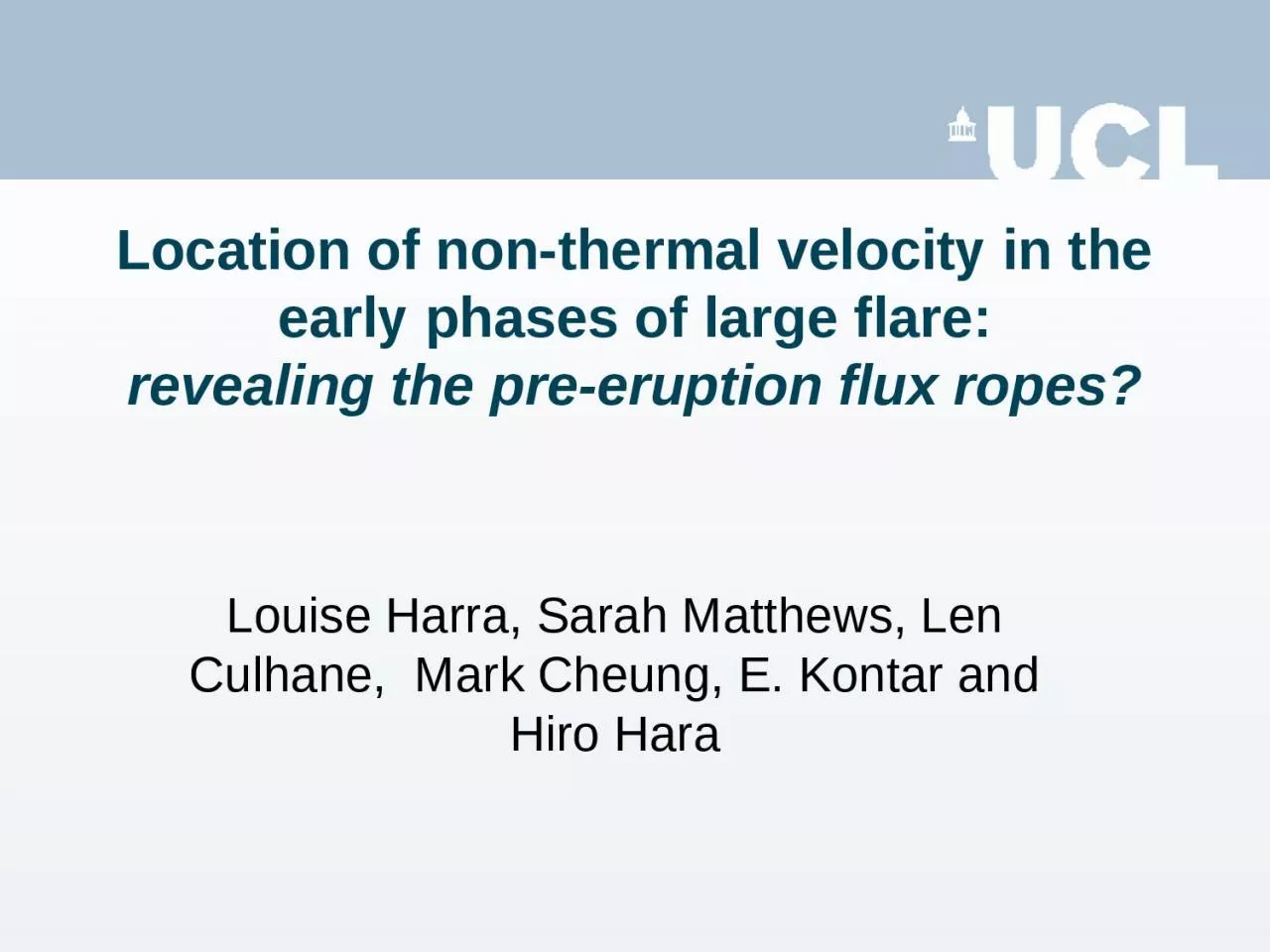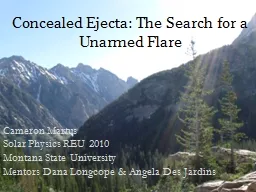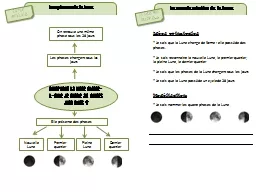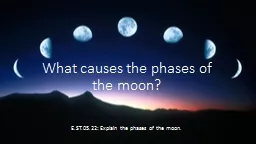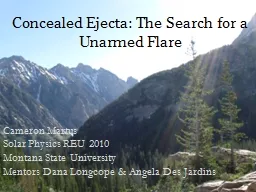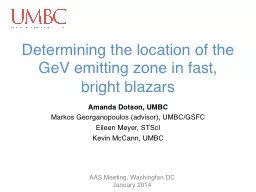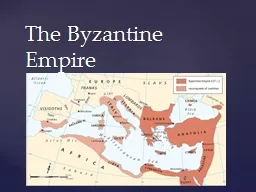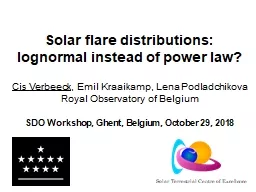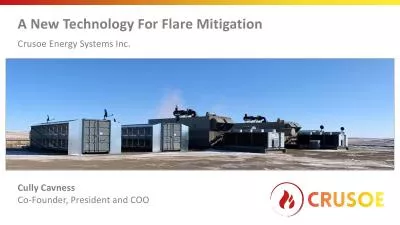PPT-Location of non-thermal velocity in the early phases of large flare:
Author : abigail | Published Date : 2024-03-13
revealing the preeruption flux ropes Louise Harra Sarah Matthews Len Culhane Mark Cheung E Kontar and Hiro Hara Nonthermal velocity what does it tell us FWHM 2
Presentation Embed Code
Download Presentation
Download Presentation The PPT/PDF document "Location of non-thermal velocity in the ..." is the property of its rightful owner. Permission is granted to download and print the materials on this website for personal, non-commercial use only, and to display it on your personal computer provided you do not modify the materials and that you retain all copyright notices contained in the materials. By downloading content from our website, you accept the terms of this agreement.
Location of non-thermal velocity in the early phases of large flare:: Transcript
Download Rules Of Document
"Location of non-thermal velocity in the early phases of large flare:"The content belongs to its owner. You may download and print it for personal use, without modification, and keep all copyright notices. By downloading, you agree to these terms.
Related Documents

